Urban Forests Join Us
Attention CoolPartners! 📢 🤙 We have two upcoming events on the Northside of Dublin City creating biodiverse micro forests. Kim Lake was on site today doing the first prep with the students from St Davids CBS in Artane.
Check out the dates on our graphics below - each event runs from 10AM to 1PM on each of the days over the next two Thursdays. This is a soil preparation event to get each site ready for a dense micro forest which will be then completed and planted in the next few months. 🌳
Spaces are limited - but we need ten volunteers for each site! Register through our events page link at the bottom of this page
#microforests #urbanforests #miyawaki #coolpartners #corporatevolunteering
The Rise and Reach of Miyawaki Urban Forests
In recent years, cities worldwide have been increasingly plagued by the devastating consequences of deforestation and urbanization. These phenomena have led to numerous environmental challenges, including soil erosion, air pollution, and the loss of biodiversity. However, in the face of such adversity, a remarkable solution has been gaining traction: Miyawaki urban forests.
Miyawaki urban forests take their name from the renowned Japanese botanist, Dr. Akira Miyawaki. His pioneering work has made a significant impact on reforestation efforts globally. Unlike traditional reforestation methods, which often rely on monoculture and take decades to mature, Miyawaki urban forests employ a unique and intensive approach to accelerate forest growth.
The basic premise of the Miyawaki method is to recreate a natural forest ecosystem within a small urban space. The process begins by selecting native plant species that are adapted to the local climate and soil conditions. Ardent advocates of the Miyawaki method argue that these native species demonstrate a higher tolerance to environmental stressors, enhance biodiversity, and provide communities with a sense of connection to their natural heritage.
One of the key features of Miyawaki urban forests is their density. Unlike conventional forests, where saplings are planted several meters apart, Miyawaki forests adopt a close planting technique. Saplings are densely planted within a small area, allowing them to compete for resources and grow rapidly. Eventually, this intense competition results in the establishment of a self-sustaining, mature forest within just a few years.
Moreover, Miyawaki urban forests exhibit remarkable resilience. The richness and diversity of these forests create microclimates that reduce temperature fluctuations, create windbreaks, and absorb air pollution. They also act as powerful carbon sinks, offsetting the effects of global warming.
Furthermore, the benefits of Miyawaki urban forests extend beyond the ecological realm. These lush green spaces provide a sanctuary for city dwellers seeking solace from the concrete jungle. They become gathering places for communities, fostering social cohesion and improving mental health. The tranquility and serenity offered by these urban forests are invaluable in promoting well-being and supporting a sustainable lifestyle.
Given their countless advantages, the concept of Miyawaki urban forests has sparked a global movement. Cities worldwide have embraced this innovative approach to combat deforestation and revitalize urban spaces. From Seoul to Nairobi, and from Mumbai to Los Angeles, urban landscapes are transforming into vibrant ecosystems thanks to the implementation of Miyawaki forests.
However, success stories are not without their challenges. The establishment and maintenance of Miyawaki urban forests require a comprehensive understanding of the local ecology, careful planning, and regular maintenance. Watering, mulching, and periodic weeding are essential for ensuring the proper growth and survival of the dense vegetation.
In conclusion, Miyawaki urban forests are providing a promising solution to the escalating environmental issues faced by cities. These dense and diverse forests offer numerous ecological, social, and psychological benefits, making them an integral part of urban landscapes worldwide. As cities embrace the Miyawaki method, we can look forward to a future where forests thrive amidst the concrete, offering respite and rejuvenation to urban dwellers and a haven for nature to flourish.




